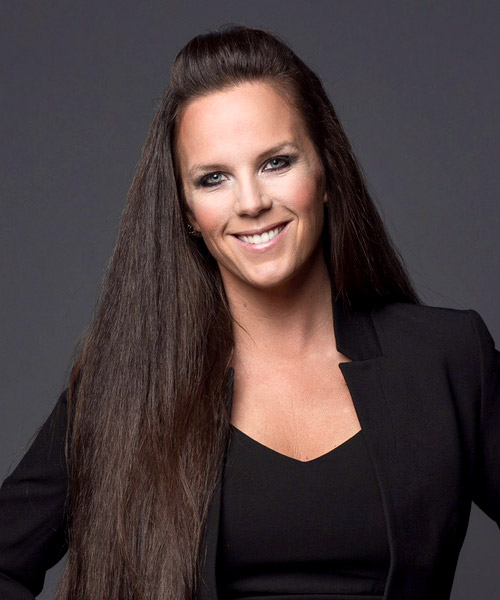
Create a culture to find quality talent
Career development plays a big role in retaining employees.
Culture plays an integral part in attracting and retaining talent.
At $954 million asset UVA Community Credit Union in Charlottesville, Va., this culture includes promoting from within and providing employees with opportunities for growth and advancement.
“We are doing more to promote our culture and our total compensation program, including an employer 10% 401k contribution,” says Cindy Swigert, vice president of human resources and chair of the CUNA Human Resources & Organizational Development Council. “We’re developing clarity around promotional opportunities and designing multiple levels within many jobs to create paths for ongoing learning and development.”
This is called “teaching your baby birds to fly,” says Brandi Stankovic, senior vice president at CU Solutions Group, a CUNA Strategic Services alliance provider.
“Create programs that offer employees opportunities for professional growth,” Stankovic says. “Communicate with employees to determine where their passions lie. Help them explore new skills or hone their current skill sets. Groom them so they are equipped to take on another position within the credit union.”

‘Create programs that offer employees opportunities for professional growth.’
Brandi Stankovic
Career development isn’t just a retention tool, it’s critical for succession planning. Credit unions need succession plans not only for the CEO but for midlevel managers and other employees, says J.T. Westendorf, executive vice president, managing director, at Angott Search Group.
“It’s important to look at the second and third levels of the organization, identify clear career paths, and communicate them,” he says.
Stankovic agrees. “Employees crave fresh opportunities. Provide them with professional development or enrichment to grow their careers. To ensure they stay motivated, provide a culture of education or create a succession planning program that says you see them evolving into a future. In these ways, they feel challenged and valued.”
There’s a symbiotic relationship between engagement and retention, she says.
“If you create a culture where employees get the training and resources to excel, the result will be a more motivated employee,” she says. “But if you sprinkle in incentives along with fair compensation and make them feel as if they are contributing to the greater good, now you have an engaged and loyal employee.”
Credit unions need to be competitive when in the compensation packages they offer employees.
“Don’t be caught unaware,” advises Mark Angott, president of Angott Search Group. “Make sure you’re not undervaluing your employees.”
Credit unions may have employees in key positions for 10 to 15 years who have received small bumps in salary annually. But they could have “sticker shock” if they need to replace those individuals, Angott says.
He suggests checking survey data or working with a third-party human resource consulting firm to ensure your compensation schedule is realistic.
After all, “there’s no pool table big enough that will make up for what an employee perceives is unfair compensation,” says Taylor C. Nelms, senior director of research at Filene Research Institute.
Plus, compensation is more than just a wage or salary. While credit unions may not be able to offer top dollar, they often offer stronger benefit programs than their competitors do, Westendorf says, including health care coverage, 401k matches, or assistance with student loan reduction.
Work-life balance is another key issue, and not just for younger employees, says Nelms. The option to work remotely one day a week, or even once every two weeks, can be highly prized.
At UVA Community, recruiters have become quite knowledgeable in discussing total compensation value and making comparisons with competitor benefits plans.
“This has not only facilitated our talent acquisition, but also our talent retention efforts,” Swigert says. “Once we start talking with candidates, we are usually hiring those who receive multiple offers.”